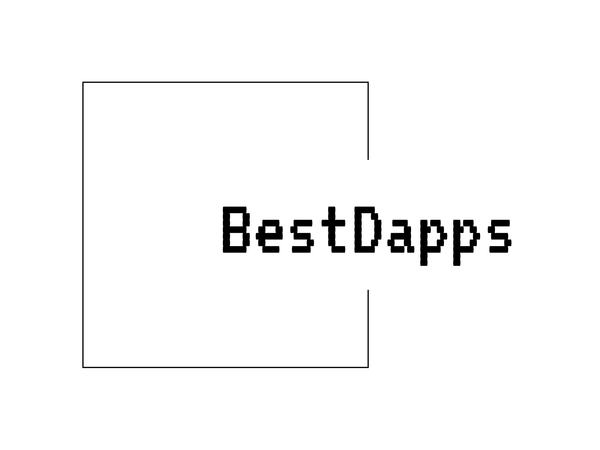
Unpacking ICX Tokenomics: A Deep Dive
Share
ICX Tokenomics: A Closer Look
ICX is the native cryptocurrency of the ICON network, designed to facilitate transactions between different blockchains. To understand the potential of ICX within the broader crypto ecosystem, it's essential to examine its tokenomics, which concerns the supply, distribution, and utility aspects of the token within the ICON ecosystem.
ICX Supply and Distribution
When ICON launched, ICX had an initial total supply of 800 million tokens. The distribution of these tokens followed a structured approach:
- 50% - ICON's Token Sale Participants: About 400 million ICX tokens were allocated to investors who participated in ICON’s initial coin offering (ICO).
- 16% - ICON Foundation: Roughly 128 million tokens were allocated to the ICON Foundation, which primarily supports the development and expansion of the ecosystem.
- 24% - ICON Community and Partners: Another 192 million tokens were designated for the ICON community and its strategic partners to facilitate growth and adoption.
- 10% - Team and Advisors: Approximately 80 million tokens went to the ICON project team and advisors, aligning their long-term incentives with the success of the network.
ICX Staking and Inflation
A pivotal component of ICX tokenomics is its staking mechanism. ICON runs on a Delegated Proof of Stake (DPoS) model, which allows ICX holders to lock up their tokens in return for rewards. This staking incentivizes network participation and improves overall security.
ICX staking rewards come from newly minted ICX tokens, which introduces inflationary pressure. The ICON network adjusts the inflation rate to balance the demand for staking rewards with the need to prevent excessive inflation. This system allows ICX holders to earn passive income while securing the network, but also means the circulating supply increases over time.
Burning Mechanism and Fee Adjustments
A burning mechanism is employed within the ICON network whereby a portion of the transaction fees is permanently removed from the circulating supply. This burning process serves as a deflationary counterbalance to the inflation caused by staking rewards. Over time, token burns may help reduce circulating supply, though the impact is relatively modest in the context of total supply.
ICX Utility in the ICON Ecosystem
ICX tokens play several roles within the ICON ecosystem, which includes acting as a medium of exchange between blockchains. ICX is required to pay transaction fees within ICON, making it crucial for users and developers on the network. Additionally, holders can participate in governance via voting rights related to staked tokens, providing an avenue for decentralized decision-making.
Moreover, ICX is frequently used to incentivize various decentralized applications (dApps) and to secure partnerships with other blockchain platforms. Its utility ensures that there is a consistent demand for the token beyond speculation or short-term trading activity.
